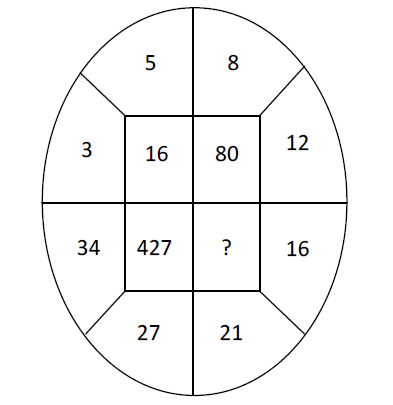Following is the list of the numbers that can be constructed each month.
January: 2 to 32 (From 1st January - 31st January)
February: 3 to 30 (From 1st February - 28th February)
March: 4 to 34 (From 1st March - 31st March)
April: 5 to 34 (From 1st April - 30th April)
May: 6 to 36 (From 1st May - 31st May)
June: 7 to 36 (From 1st June - 30th June)
July: 8 to 38 (From 1st July - 31st July)
August: 9 to 39 (From 1st August - 31st August)
September: 10 to 39 (From 1st September - 30th September)
October: 11 to 41 (From 1st October - 31st October)
November: 12 to 41 (From 1st November - 30th November)
December: 13 to 43 (From 1st December - 31st December)
Total 42 numbers are possible, every number between 2 and 43 inclusive
